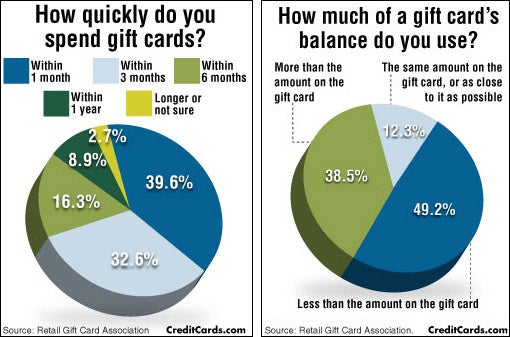Engraved glass honors stimulate a steady spirit of devotion and quality. They promote a culture of recognition that goes beyond ordered limits.
Wheel engraving is displayed on a goblet likely made in the 1700s covered with elaborate Chinese-style themes. These themes introduced obligation to the Jacobite reason. This is a remarkable example of how imported Asian goods influenced European style patterns.
Origins
As glassmaking ended up being a lot more advanced, engravers knew that a layout included in an item of glass changed it from useful right into preferable. They trying out a selection of damaging, abrading and reducing strategies.
One of the most skilled engravers produced fine detailed work. Anna Roemers Visscher, who was a glass cutter and engraver, was renowned for her fragile blossoms, motivated by the nature publications preferred in her time.
Engravers additionally sculpted great linework right into glass. By the end of the 17th century, engravers had begun to abandon linear clarity in favour of crosshatched chiaroscuro effects. One of the earliest instances is videotaped on a container by a Rotterdam engraver that authorized his deal with a doodled flexibility and vigour that lifted it above the rest.
Inscribing remained to be a preferred strategy, although it was progressively overshadowed by cut glass and new techniques such as etching, which was cheaper than engraving. However, economic pressures after c1905, along with decreasing high quality of cut glass, saw an increase in the popularity of engraved glass, called rock crystal.
Strategies
Glassmakers made use of a range of techniques to mark or embellish the surface of a vessel, frequently combining different approaches. One technique called stipple inscription, as an example, utilizes a point of tungsten or diamond to make small dots on the glass surface area which develop contrasting white lines when light lusters with them.
Engraved glass awards are valued for their style and reputation. They show the deep esteem and respect that companies hold for their staff members and cultivate a society of quality.
The translucency of glass embodies the openness and sincerity of business recognition, urging receivers to take stock of engraved trophy-style glass their achievements and review their trip in the company. Furthermore, the ability of personalized glass to show customized text and images enables the creation of highly one-of-a-kind and significant awards that stimulate the feeling of majesty associated with this impressive product.
Styles
From the sleek lines of company honors to the etched text on glass prizes, etched crystal is a stylish symbol of acknowledgment. Whether shown on someone's desk or maintained as a keepsake, these tailored items convey a feeling of reputation and professionalism and trust that is challenging to find in various other products.
The style of engraved glass has actually changed with time to show altering preferences and technical advances. The old method of copper-wheel inscription has opposed forecasts of obsolescence, and new strategies like etching are taking control of where stippling once held sway.
The earliest diamond-point inscription, of the 16th century, is stiff and official. It gradually came to be much more supple and pleasing, yet might easily deteriorate into over-elaboration. In the 19th century Thomas Webb & Sons presented "rock crystal" with deep cutting and copper-wheel engraving, which copied luxury vessels cut of rock crystal in Europe and the Orient (see Ewer by Webb & Sons). The company's principal engravers were Bohemian immigrants Frederick Engelbert Kny and William Fritsche, that signed their collaborate with a monogram G.
Definition
Engraved glass was pricey and demanded. This was because it entailed the most requiring glass refining technique and depended upon the precision and initiative of a skilled artisan. The highest point of etching can be found in the 17th century and was quite a part of the Baroque and Rococo durations.
During this moment, engraved cups could be used to interact messages of social standing. They would present family crests and political obligations. They could additionally show off one's preference for the most recent style and design patterns.
Today, personalized glass is still an essential art kind. However, developments in modern technology and laser technology have structured the procedure and made it much more specific. The resulting intricate styles are both magnificent and resilient. Additionally, new types of glass have actually been created to respond much better to lasers. This has actually expanded the possibilities for musicians and developers. It also lessens the ecological impact of the procedure. As an example, optical crystal is an excellent option for personalized honors because it is clear and shows light well.
